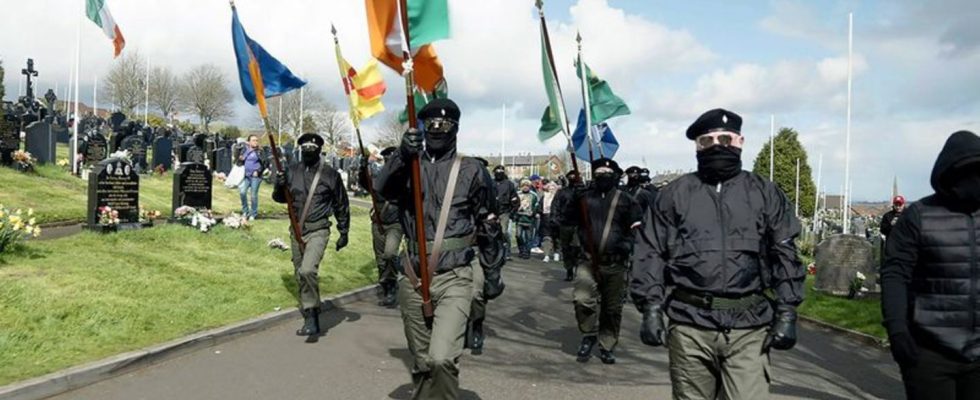Arte documentary
Ireland’s deceptive calm
The documentary “Northern Ireland, the endangered peace” will be broadcast on Arte on April 2nd, 2024. photo
© Découpages/Arte/dpa
An Arte documentary clearly explains what the Northern Ireland conflict is all about and what the future of the former civil war region could look like.
Green hills, hedges and sheep: it is a peaceful image that appears in a scene from the Arte documentary “Northern Ireland, the “endangered peace” of Northern Ireland’s County Armagh. But until just over a quarter of a century ago, the border region was the scene of a bloody civil war, characterized by British military watchtowers, helicopter noise and attacks by the militant IRA.
The documentary, which will be shown for the first time next Tuesday at 10.40 p.m., vividly tells how the conflict came about between the mostly Protestant supporters of union with the United Kingdom and the mostly Catholic supporters of a united Ireland.
The history of the division of Ireland and the dominance of Protestants in the north, the civil war, the peace agreement and the ongoing division in society is explained step by step. Last but not least, the events of the past few years with Brexit, which threatened peace, and the growing influence of the Catholic-Republican party Sinn Fein also play a role.
Conflict cost more than 3,000 lives
Many historical recordings are shown that make clear the extent of the conflict, to which more than 3,000 people fell victim. But current images, such as the sometimes martial murals in Belfast, marches by paramilitary groups that are still active, and unrest that flare up again and again, make the reality of life for people in Northern Ireland tangible.
The filmmakers also interviewed those involved in the peace negotiations for the Good Friday Agreement of 1998, such as former Irish Prime Minister Bertie Ahern and the EU’s Brexit negotiator, Michel Barnier. But former terrorists from both sides who have now committed themselves to peaceful coexistence, as well as relatives of the victims and representatives of both sides who have not yet left the conflict behind them, also have their say.
At the very end, the documentary offers a glimpse of how the province could develop, with the growing forces pushing for a referendum on reunification and the Protestant Unionists increasingly trapped in a wagon-fortress mentality. Can there be a united Ireland that meets the needs and identities of all its people? Ahern probably gives the best answer: “A new Ireland needs to be negotiated.”

